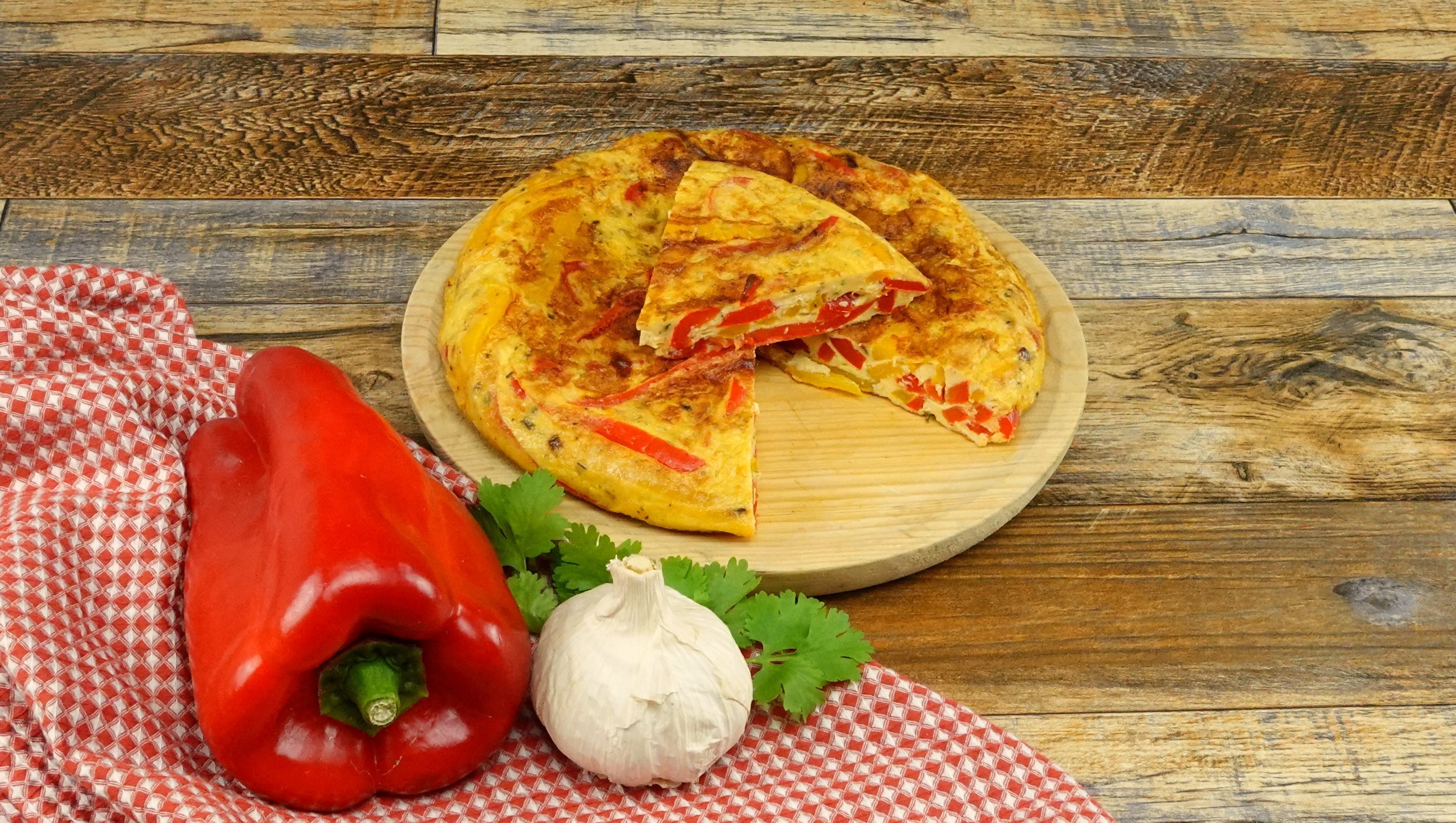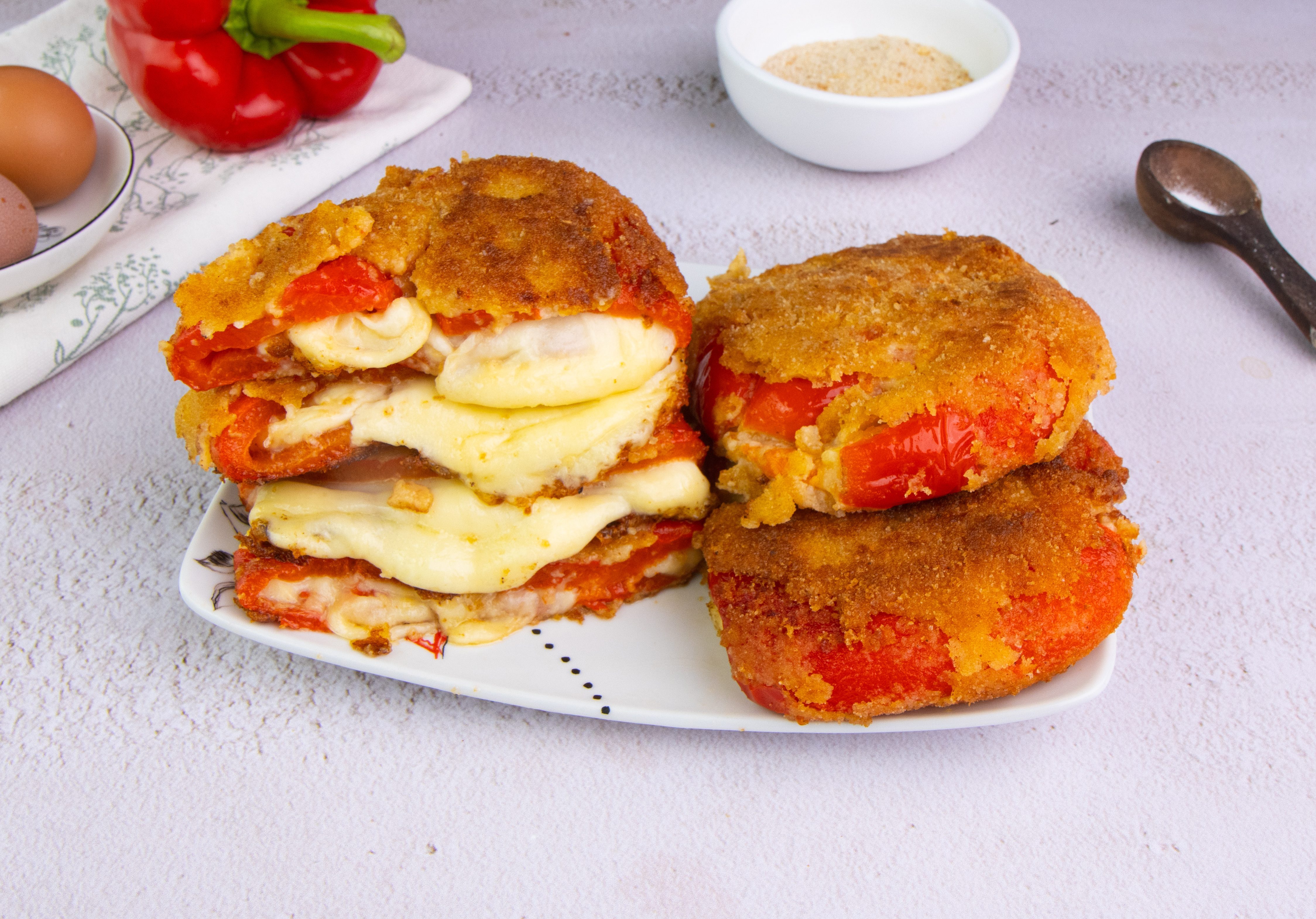The Most Versatile of All Veggies? Delicious Ways to Use Bell Peppers
No matter where you live, it’s likely that bell peppers (also called capsicums) are plentiful. They’re available all year-round, making them one of the most abundant vegetables. Bell peppers are extremely versatile and while they’re highly nutritious, they’re low in calories. If you don’t regularly use bell peppers in your cooking, then read on and be inspired!
;)
Bell peppers are packed with health benefits. They’re high in vitamins A and C, fiber, and minerals such as potassium and iron. In fact, one cup of bell peppers has only 30 calories, but provides you with 2 grams of fiber and more than 200% of your daily intake of vitamin C!
They’re extremely versatile – eat them raw in salads or add them to a casserole. Here’s all you need to know about bell peppers (and how to use them!).
What to Look For

Red, yellow, orange, and green peppers differ in their degree of ripeness. When buying bell peppers, look for glossy and heavy ones. Store them in the vegetable crisper for up to five days. Green bell peppers have a vegetal, slightly bitter taste, while yellow and red peppers are sweeter (with red being the sweetest). They can be used in various ways: stuff them with grains, use in salsas, dips, and sauces, add to stir-fries, or cook as side dishes. The possibilities are endless.
As A Side Dish

- For a quick and easy side, sprinkle halved bell peppers (seeds removed) with olive oil, herbs, and salt, and roast them at 400°F (200°C) for about 15-20 min until charred. Because they taste sweeter, red peppers work especially well with this method. You can eat these roasted peppers as is, or chop them up and add to a salad with white beans, anchovies, and parmesan.
- Stuffed peppers are also popular. Slice the tops off whole peppers, and fill with any grain (cooked rice, quinoa, or bulgur wheat) and cheese (mozzarella, cheddar, goats’ cheese, or feta). If you’re looking for inspiration, try our easy recipes for ground beef stuffed peppers or Philly cheesesteak stuffed peppers.
Salsas, Dips, And Sauces

- Red pepper relish makes a quick (and tasty) addition for pastas and sandwiches. Simply sauté 4 bell peppers (chopped), 1 medium onion (chopped), and salt in 2 Tbsp olive oil. Cook, stirring occasionally, until the peppers begin to soften. Add ½ cup red-wine vinegar and ¼ cup sugar and simmer until the mixture starts to thicken (about 15 minutes). Remove from heat and stir in 1 ½ tsp vinegar. Let the relish cool completely. Store in the refrigerator for up to 4 days.
- Roasted red pepper dip (also known as Muhammara) is great for dipping vegetables or pita bread. In fact, it’s so delicious, you can eat it on just about everything. To make it, simply blitz the following ingredients in a food processor: 3 roasted red bell peppers, 1 Tbsp chili flakes, ¼ cup toasted walnuts, ¼ cup pine nuts, 1 clove garlic, 1 Tbsp pomegranate molasses, 1 ½ tsp ground cumin, lemon juice (from ½ lemon), 1 cup bread crumbs and 2 Tbsp extra virgin olive oil in a food processor. Season to taste.
Add to Main Meals

There are several ways to incorporate peppers into your main meals.
- Add roasted red or yellow peppers to a pasta dish.
- Use sliced bell peppers in your favorite fajita recipe.
- Chopped green pepper gives a nice bite to chilis (without the heat, of course).
- Purée red and yellow bell peppers and add it to soup as a thickening agent.
What’s your favorite way to eat peppers?
;Resize,width=767;)

;Resize,width=712;)
;Resize,width=712;)
